September 7, 2021

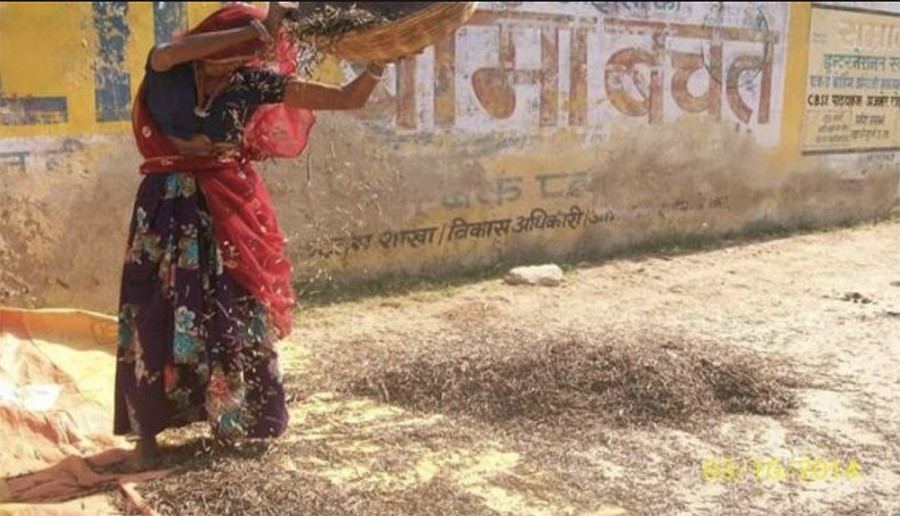
On August 27 2021, the IPGA held their Kharif Sowing 2021 Knowledge Series, an online webinar featuring key speakers from India’s pulse industry who gave important insights into the 2021/22 kharif crop
The GPC attended the webinar and is providing full coverage for all members. Find the 2021 Monsoon report here.
Mr. Nirav Desai, Managing Partner at GGN Research, gave an overview of the sowing and acreage outlook for the kharif crops.
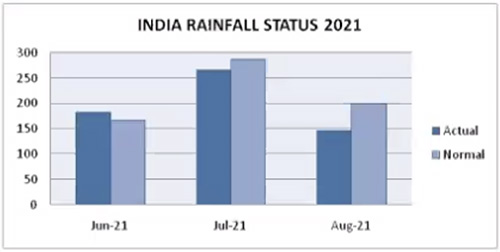
Source: IPGA Knowledge Series
Source: IPGA Knowledge Series
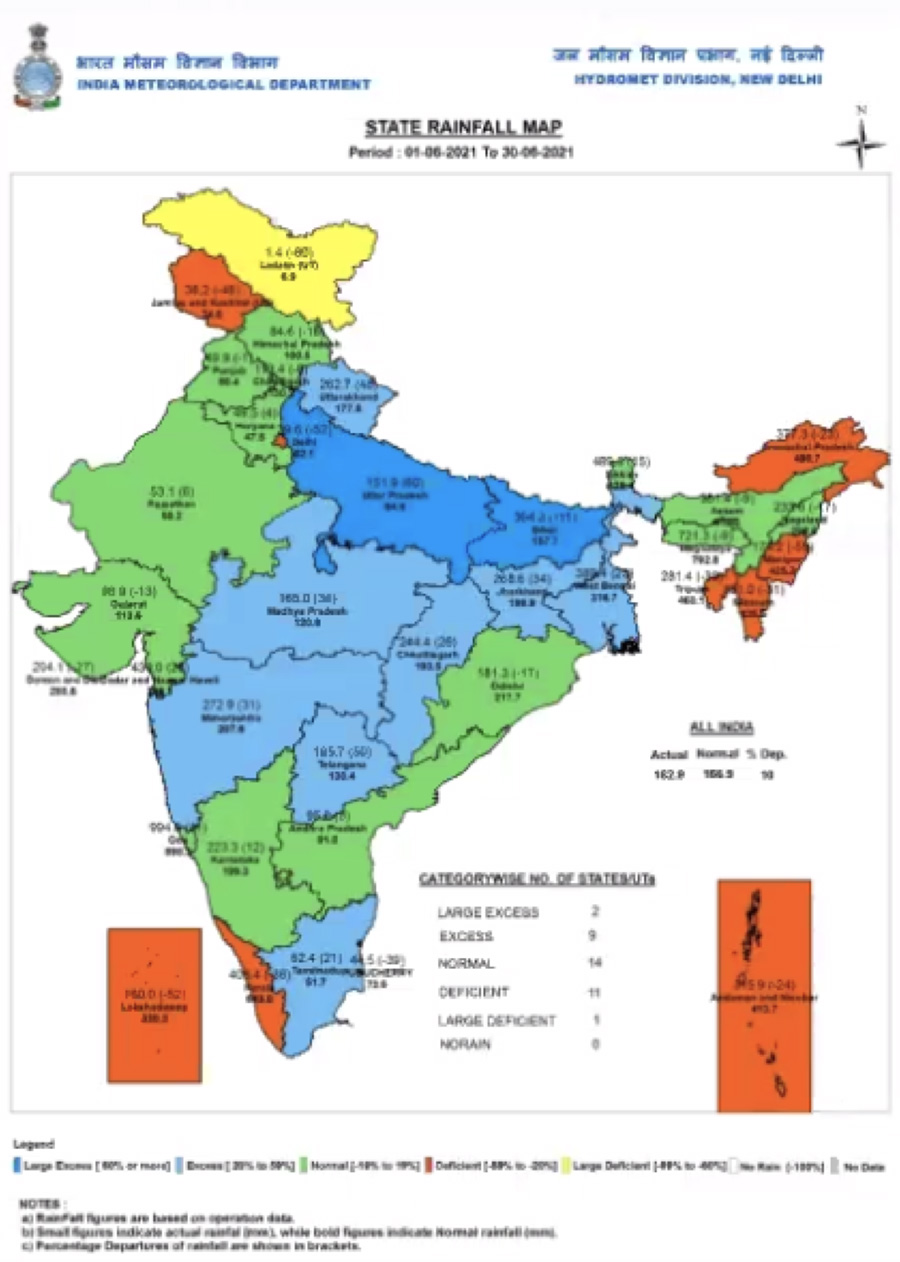
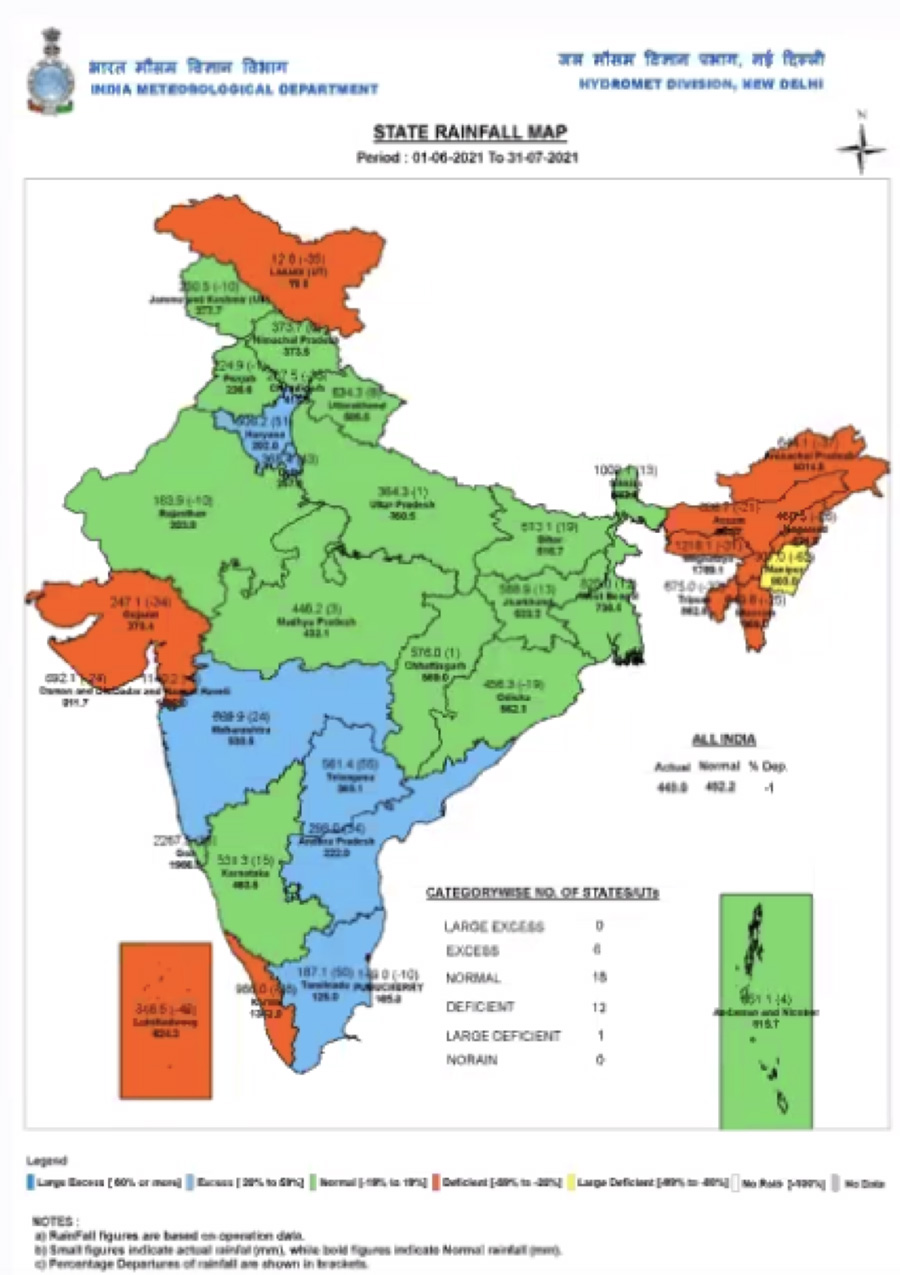
Source: IPGA Knowledge Series
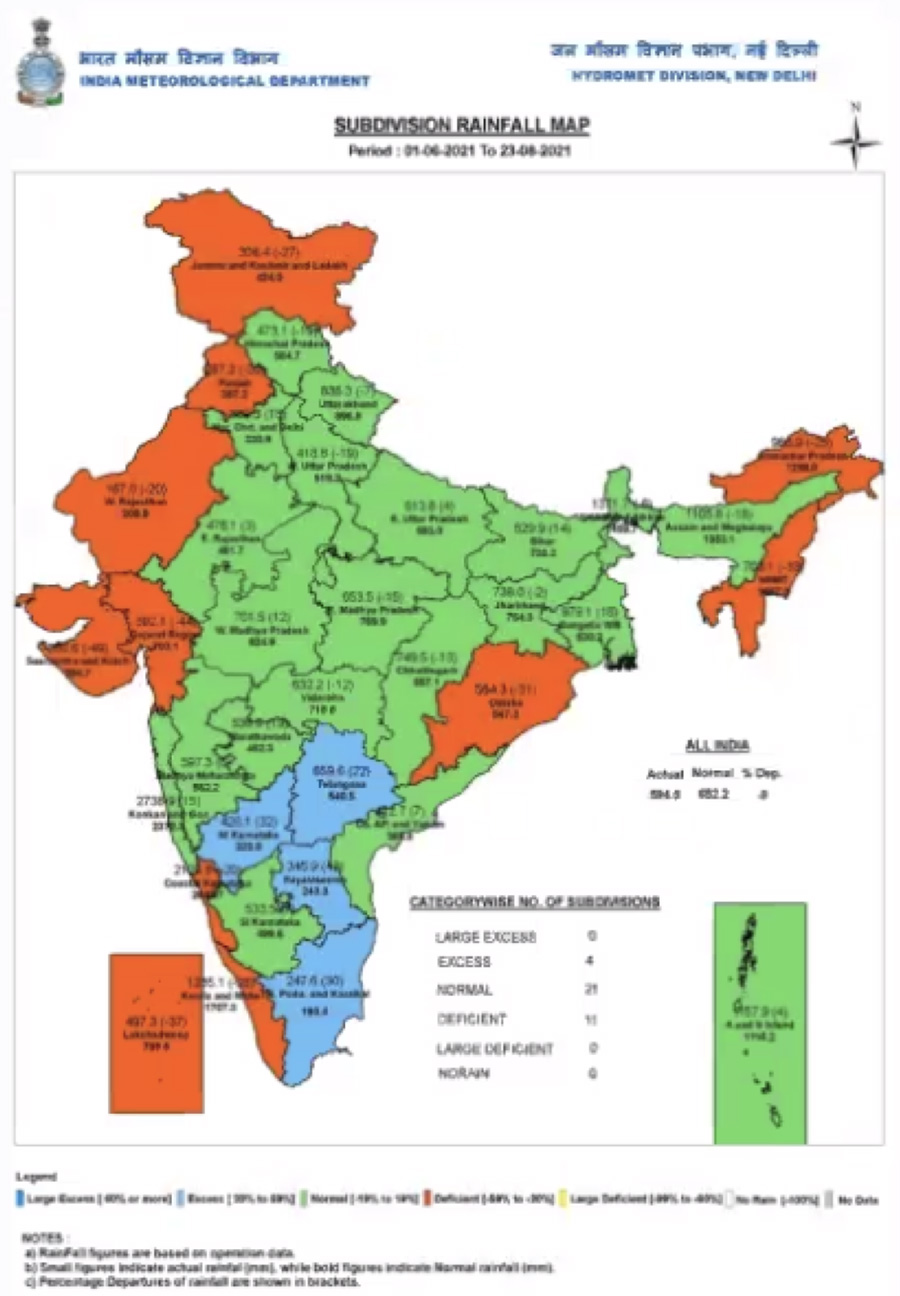
Source: IPGA Knowledge Series
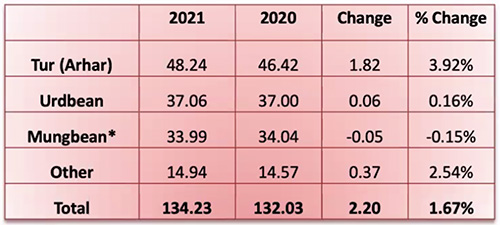
Source: IPGA Knowledge Series

Source: IPGA Knowledge Series
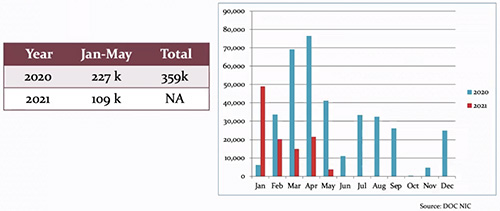
Source: IPGA Knowledge Series

Source: IPGA Knowledge Series
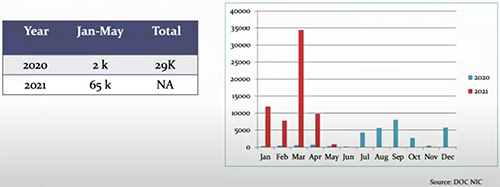
Source: IPGA Knowledge Series
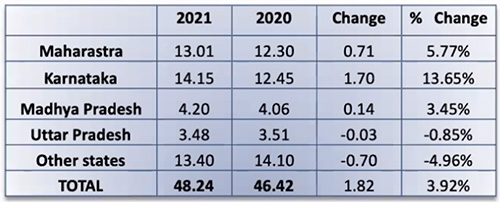
Source: IPGA Knowledge Series
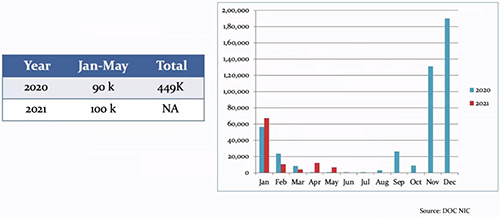
Source: IPGA Knowledge Series
Disclaimer: The opinions or views expressed in this publication are those of the authors or quoted persons. They do not purport to reflect the opinions or views of the Global Pulse Confederation or its members.